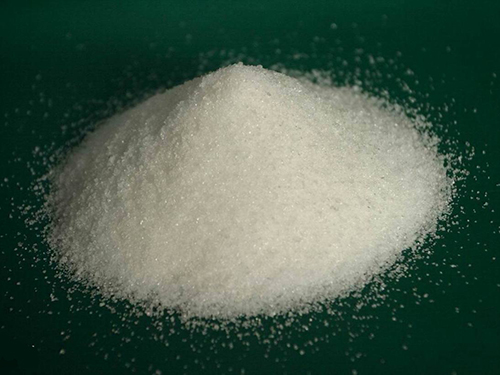Exploring the Properties and Applications of Polyaspartic Acid in Modern Chemistry
The Versatility and Applications of Polyaspartic Acid
Polyaspartic acid is a unique biopolymer that has garnered attention in various fields due to its remarkable properties and applications. As a member of the polyamino acid family, this biodegradable polymer is derived from aspartic acid, a naturally occurring amino acid that plays a crucial role in the metabolism of living organisms. The synthesis of polyaspartic acid typically involves the polymerization of aspartic acid, making it an environmentally friendly alternative to other synthetic polymers.
Chemical Structure and Properties
Polyaspartic acid consists of a backbone made up of repeating units of aspartic acid, linked through peptide bonds. This structure imparts its characteristic properties, including high solubility in water and a low glass transition temperature, allowing it to remain flexible at lower temperatures. Additionally, polyaspartic acid can easily form hydrogels, which are crucial for various applications in biomedical and environmental fields.
One of the standout features of polyaspartic acid is its ability to chelate metal ions, which enhances its potential as a complexing agent. The functional groups present in its structure, such as carboxyl and amine groups, enable interactions with various cations, making it suitable for applications in water treatment and heavy metal recovery.
Applications in Agriculture
In agriculture, polyaspartic acid has shown potential as a soil conditioner and fertilizer. Its biodegradable nature ensures that it does not accumulate in the environment, making it a sustainable choice for enhancing soil quality. When used as a soil conditioner, polyaspartic acid improves soil structure and increases nutrient retention, allowing crops to thrive. Additionally, it can act as a slow-release fertilizer, providing a steady supply of nutrients to plants, thus promoting healthy growth and yielding higher crop production.
polyaspartic acid

Biomedical Applications
The biomedical field is another area where polyaspartic acid has made significant strides. Its biocompatibility and non-toxic nature have prompted research into its use in drug delivery systems. By forming hydrogels, polyaspartic acid can encapsulate therapeutic agents, enabling controlled release at targeted sites within the body. This ability is particularly valuable in cancer treatment, where localized delivery can minimize side effects and enhance the efficacy of chemotherapy drugs.
Moreover, polyaspartic acid’s capacity to promote cell adhesion makes it an attractive candidate for tissue engineering. Researchers have utilized this polymer to create scaffolds that support cell growth and tissue regeneration, paving the way for advancements in regenerative medicine.
Environmental Applications
Polyaspartic acid also holds promise in environmental applications. Its chelating properties allow it to bind heavy metals in contaminated water, facilitating their removal and reducing environmental pollution. This characteristic is particularly useful in wastewater treatment, where it can help in the recovery of valuable metals like lead, cadmium, and mercury. Furthermore, polyaspartic acid can be incorporated into eco-friendly coatings and adhesives, providing a sustainable alternative to conventional synthetic materials that often contribute to environmental degradation.
Conclusion
In conclusion, polyaspartic acid is a versatile biopolymer with a wide range of applications across various fields. Its unique chemical structure and properties make it suitable for agricultural, biomedical, and environmental applications. As researchers continue to explore its potential, polyaspartic acid is poised to play an increasingly important role in developing sustainable and innovative solutions to some of the world’s most pressing challenges. By harnessing the benefits of this natural polymer, we can pave the way for a greener future in multiple domains, from agriculture to healthcare and environmental management.
-
Water Treatment with Flocculant Water TreatmentNewsJun.12,2025
-
Polymaleic AnhydrideNewsJun.12,2025
-
Polyaspartic AcidNewsJun.12,2025
-
Enhance Industrial Processes with IsothiazolinonesNewsJun.12,2025
-
Enhance Industrial Processes with PBTCA SolutionsNewsJun.12,2025
-
Dodecyldimethylbenzylammonium Chloride SolutionsNewsJun.12,2025





